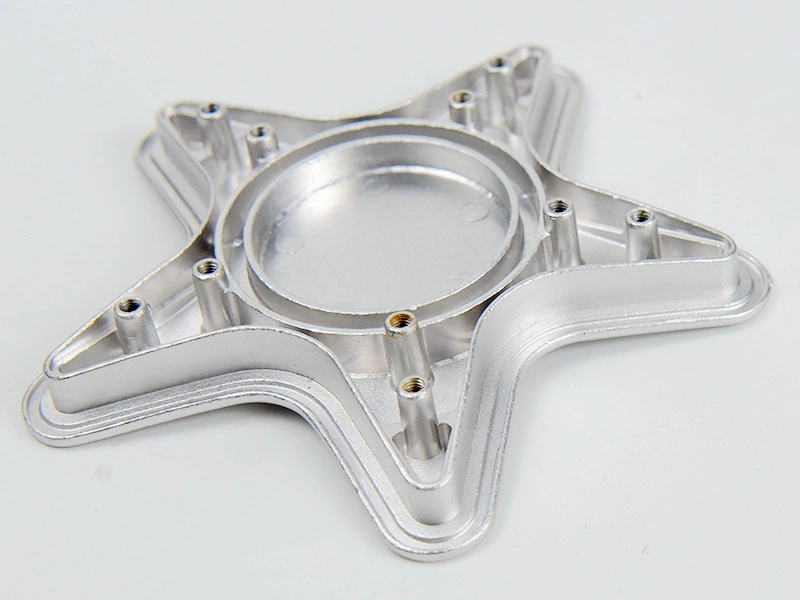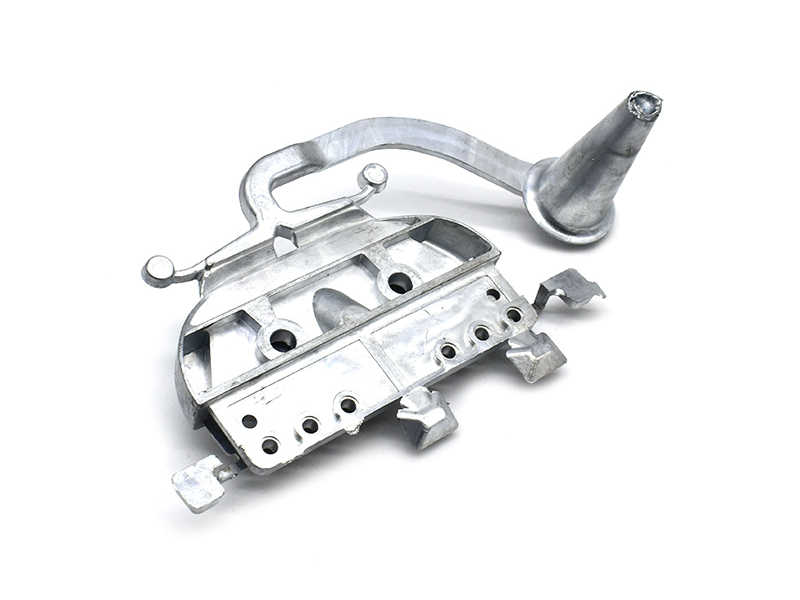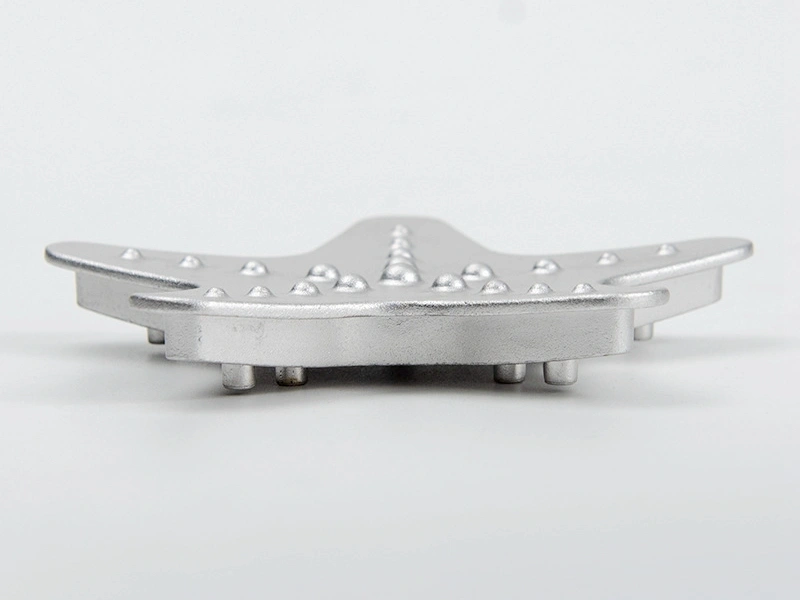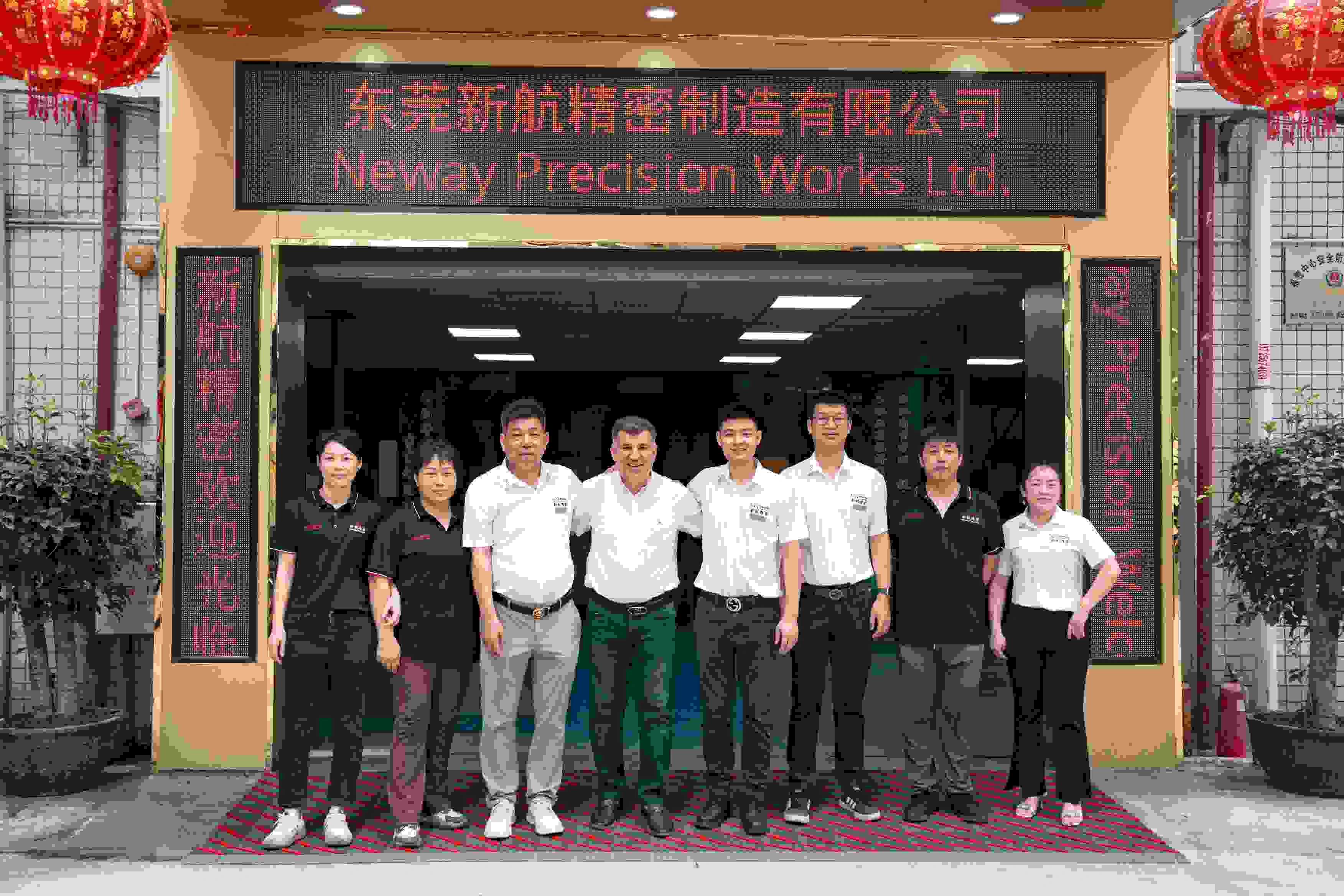Can die cast lock parts be post-machined and plated?
Can Die Cast Lock Parts Be Post-Machined and Plated?
Post-Machining Requirements for Lock Components
Die cast lock parts—such as cores, cams, housings, and actuators—often require tight tolerances, fine features, or smooth interfaces that cannot be achieved through casting alone. Post-machining ensures critical dimensions for rotating elements, keyways, thread zones, and flat surfaces are precise and repeatable. Both zinc (Zamak) and aluminum die castings can be successfully post-machined with excellent dimensional control.
Typical machining operations include:
Bore finishing for lock cores and key cylinders
Thread cutting for internal fastener zones
Slotting and milling for key interfaces and cam engagement points
Surface preparation for sealing, plating, or assembly contact areas
Neway utilizes in-house CNC machining to maintain tolerance accuracy and surface finish across high-volume lock components.
Plating Die Cast Lock Parts
After machining, die cast lock parts can be plated to improve corrosion resistance, wear resistance, and surface appearance. Zinc-based alloys like Zamak 3 and Zamak 2 are excellent substrates for plating due to their fine grain structure and high casting quality.
Common plating options include:
Nickel plating for corrosion resistance and smooth mating surfaces
Chrome plating for aesthetic finish and surface hardness
Zinc plating with chromate for secondary corrosion protection
Copper-nickel-chrome multilayer systems for decorative or marine applications
Plating is often combined with polishing or tumbling to improve surface uniformity before coating.
Process Flow for Machining and Plating
Die casting of lock part using Zamak alloy
Initial inspection and trimming
Precision machining of critical interfaces
Optional polishing or vibratory finishing
Cleaning and pre-treatment for plating
Plating application and post-plate inspection
Neway ensures consistent adhesion and finish quality by coordinating post-processing steps with pre-machined geometries and surface prep.
Neway’s Capabilities for Precision Lock Components
Neway delivers full-service production for lock parts with:
High-strength zinc die casting using Zamak 2 for wear and load performance
Integrated tool and die making for keyway precision and mold repeatability
Close-tolerance machining for cores, threads, and cam interfaces
Decorative and protective plating services for long-term durability



